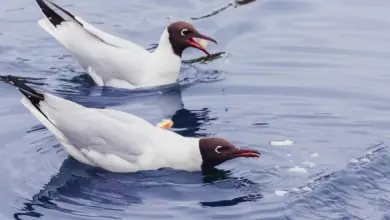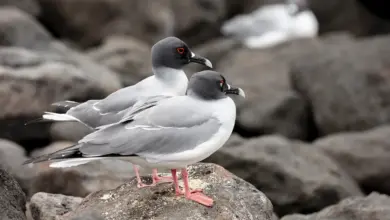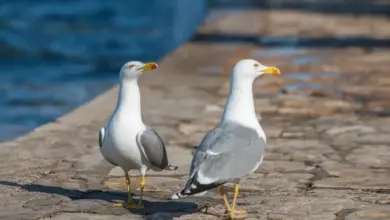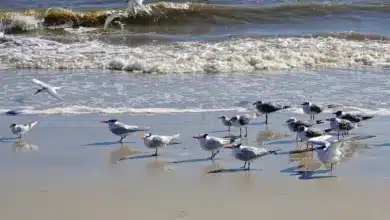Kumlien’s Gulls
The Kumlien’s Gulls (Larus [glaucoides] kumlieni) are large North American gulls. They were named after the Swedish-American naturalist Thure Kumlien.
Its taxonomic status is still in question. Some authorities consider it a full species, others a subspecies of Thayer’s Gull or a subspecies of Iceland Gull, or possibly a hybrid between the aforementioned species.
The American Ornithologists’ Union currently lists it as a subspecies of Iceland Gull.

Distribution / Range
The Kumlien’s Gulls breed in the Arctic regions of Canada and migrate south to winter fom Labrador south to New England and west across the Great Lakes.
Description
Kumlien’s Gulls average smaller overall and much smaller-billed than the very large Glaucous Gull and are usually smaller than Herring Gull. The taxon reaches adult plumage in four to five years. The call is a “laughing” cry like Herring Gull, but higher pitched.
The pale plumage has a remarkably variable amount of pigment in the primaries (longest wing feathers). Individuals range from completely white-winged to as much dark in the wings as the Thayer’s Gull. The color of the eyes is also variable – ranging from pale yellow to dark brown.
Breeding / Nesting
They breed colonially or singly on coasts and cliffs. Their nests is either placed on the ground or on a cliff and lined with grass, moss or seaweed. The average clutch consists of 2 – 3 light brown eggs.
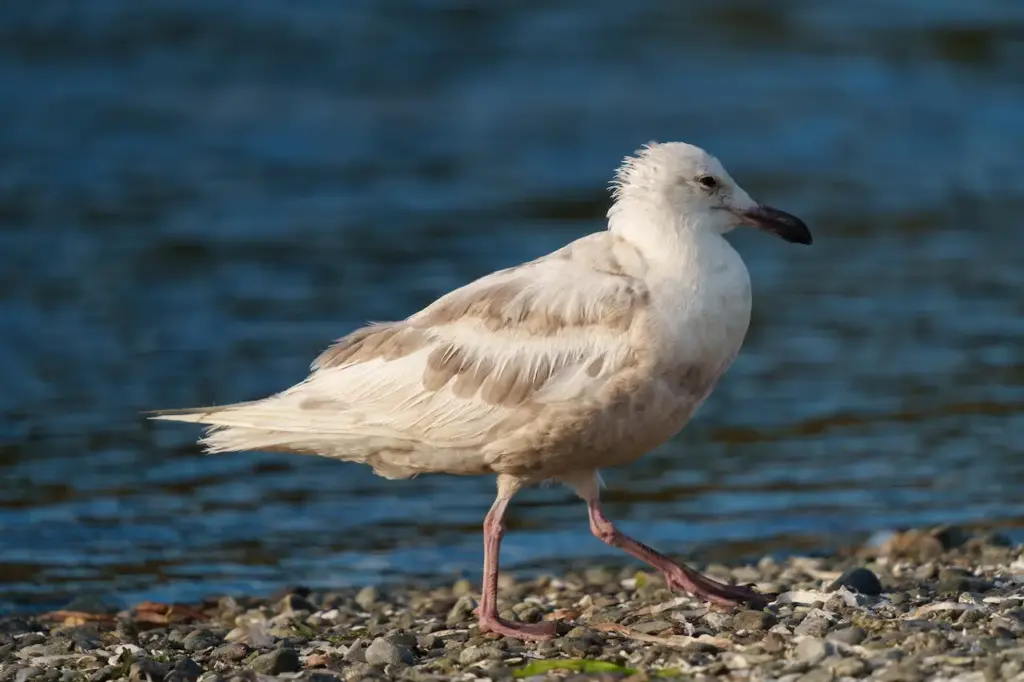
Diet / Feeding
Kumlien’s Gulls are omnivores that will scavenge as well as seeking suitable small prey.
They forage while flying, picking up food at or just below the water’s surface, or feeding while walking or swimming.
They will visit garbage dumps, sewage outlets and places where fish are cleaned.

